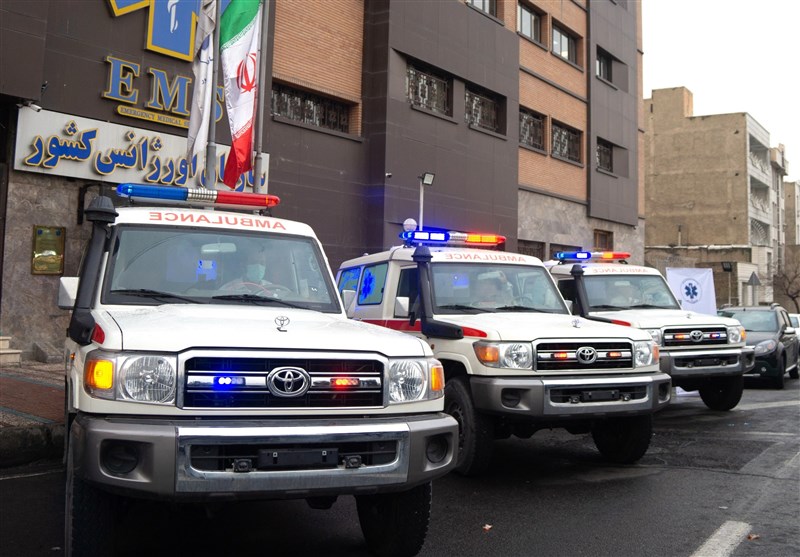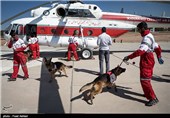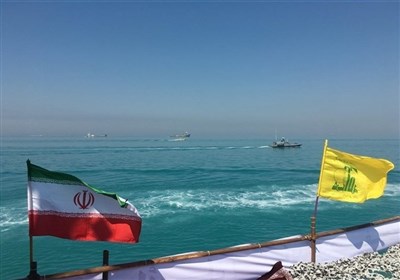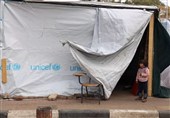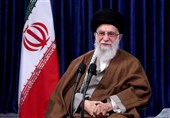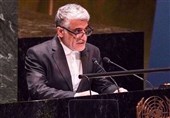WHO Donates 3 Ambulances to Iran
TEHRAN (Tasnim) – The World Health Organization (WHO), under the patronage of France, has donated three SUV ambulances to Iran for use in the provinces with large Afghan populations.
In a joint effort to enhance pre-hospital emergency response capacities in the Iranian provinces hosting Afghan refugee populations, the WHO, with contribution of France, has donated three ambulances to the National Emergency Management Organization of the Islamic Republic of Iran (NEMO), which serves as the primary provider of pre-hospital emergency care in the country.
In remarks at the handover ceremony, NEMO chief Jafar Miadfar expressed gratitude to WHO for its continuous efforts to improve pre-hospital emergency services in the underprivileged provinces of Iran.
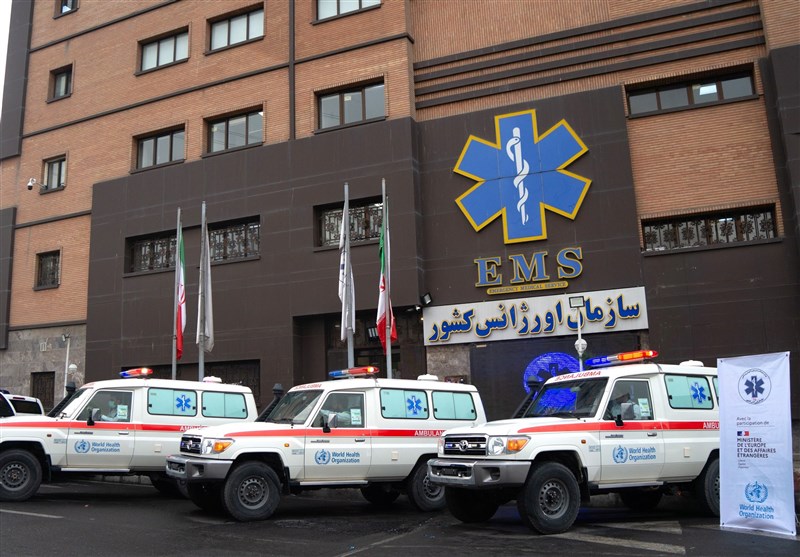
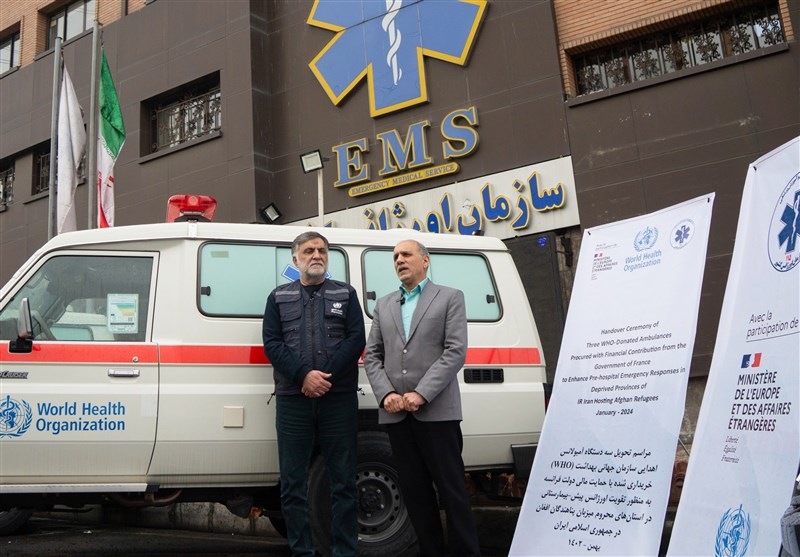
He also pointed to a significant rise in the road accidents attributed to unusual movements and the illegal transit of Afghan refugees inside Iran, highlighting the vital role of WHO in addressing these challenges and enhancing nationwide emergency medical services.
Miadfar shed light on the additional hurdles faced by NEMO, citing the consequences of the sanctions imposed on Iran.
“Procurement of essential medical resources, including ambulances and medical equipment, has become a substantial challenge for the organization. Despite these obstacles, we remain hopeful that collaborative efforts with WHO will contribute to overcoming these difficulties and further improve emergency healthcare in the country,” he said, the UN Office in Iran reported.
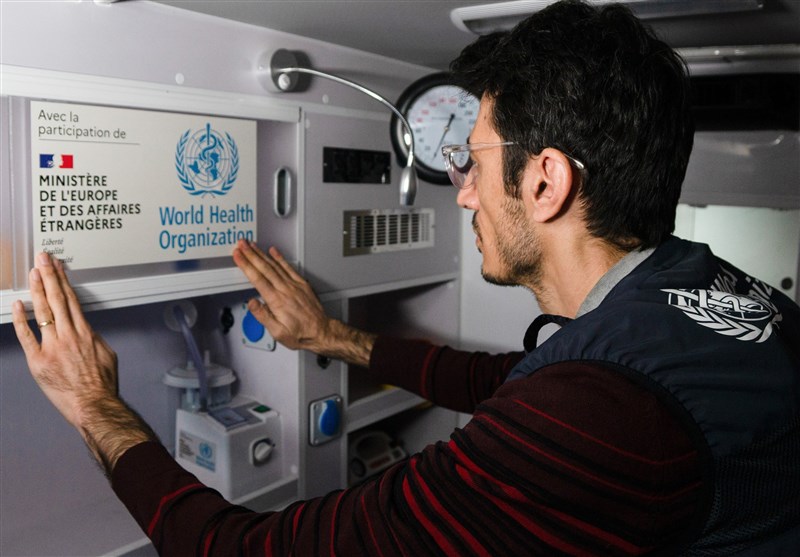

“The anticipated impact of this donation is considerable, with the ambulances expected to provide pre-hospital emergency care for approximately 5,500 road traffic victims and other health emergencies patients annually. WHO remains committed to supporting the strengthening of emergency response capacities in Iran, ensuring the well-being of both refugees and the host communities,” WHO representative and head of mission in Iran, Jafar Hussain said.
The new ambulances will be allocated to Iran’s provinces of Sistan and Baluchestan and Kohgiluyeh and Boyer Ahmad, the regions characterized by high rates of road traffic accidents and limited resources.
